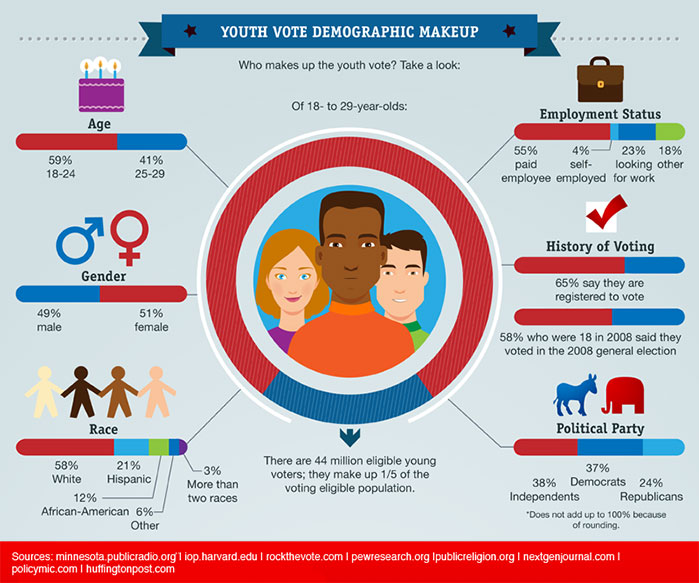Billionaires are spending their fortunes reshaping America’s schools. It isn’t working.
Here’s the problem with education philanthropy.
Philanthropists need to take a step back from the American education system before it ruins them, they ruin it, or both.
Major philanthropies like the Gates, Walton Family, and Broad Foundations are spending hundreds of millions of dollars annually in an attempt to transform American K-12 education. Gates alone reported spending nearly $390 million in 2017; the Waltons spent more than $190 million. That’s a non-trivial chunk of the $67 billion all US foundations spent on all projects that year.
Such contributions have come under fire in recent years. The big foundations promote a particular set of K-12 education policies — including increased accountability for teachers, more school choice, and higher-stakes testing — that are profoundly controversial, and that teachers unions and skeptical education researchers have spent years questioning and resisting. The foundations’ use of billions in spending to change public policy on education raises troubling questions about democratic accountability and the role of money in politics (questions given new prominence when a major conservative education funder became US secretary of education).
Those are both valid lines of critique, but they’re not the ones I’m going to pursue here. (I am frankly more sympathetic to the Gates/Walton/Broad education reform agenda than a lot of my left-leaning friends.)
My beef, rather, is that improving the American education system, while important, is neither a neglected cause nor a tractable one. It is a system on which hundreds of billions of dollars are spent annually by diffuse governments whose policies are difficult and expensive to change, where matters of importance are intensely contested, and where interest groups tend to fight each other to a standstill.
And it’s a system where, even after investing millions if not billions in research, we still don’t have a lot of confidence as to which interventions are helpful and which are not. The views of Continue reading: Education philanthropy: why the billions spent aren’t working - Vox





































